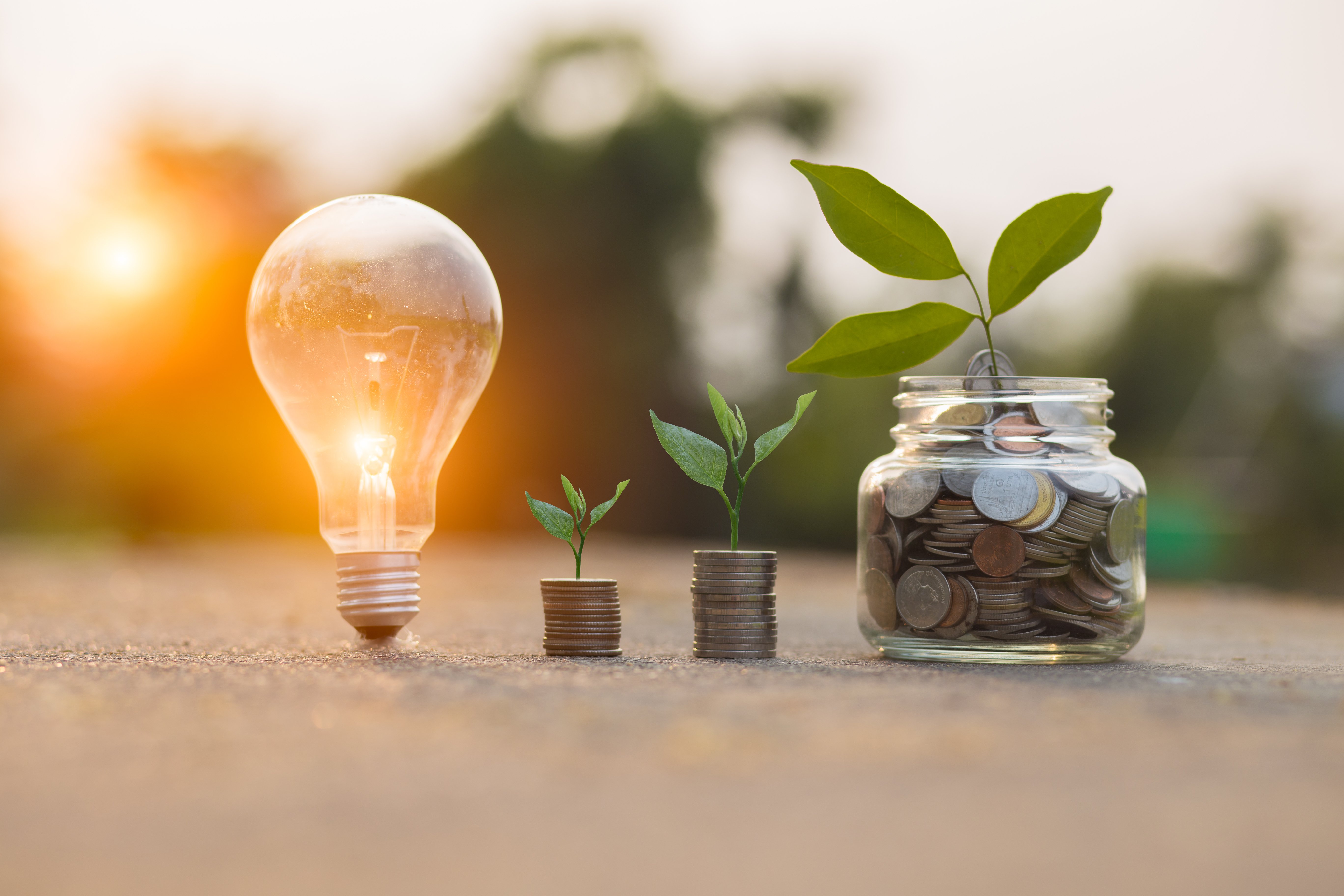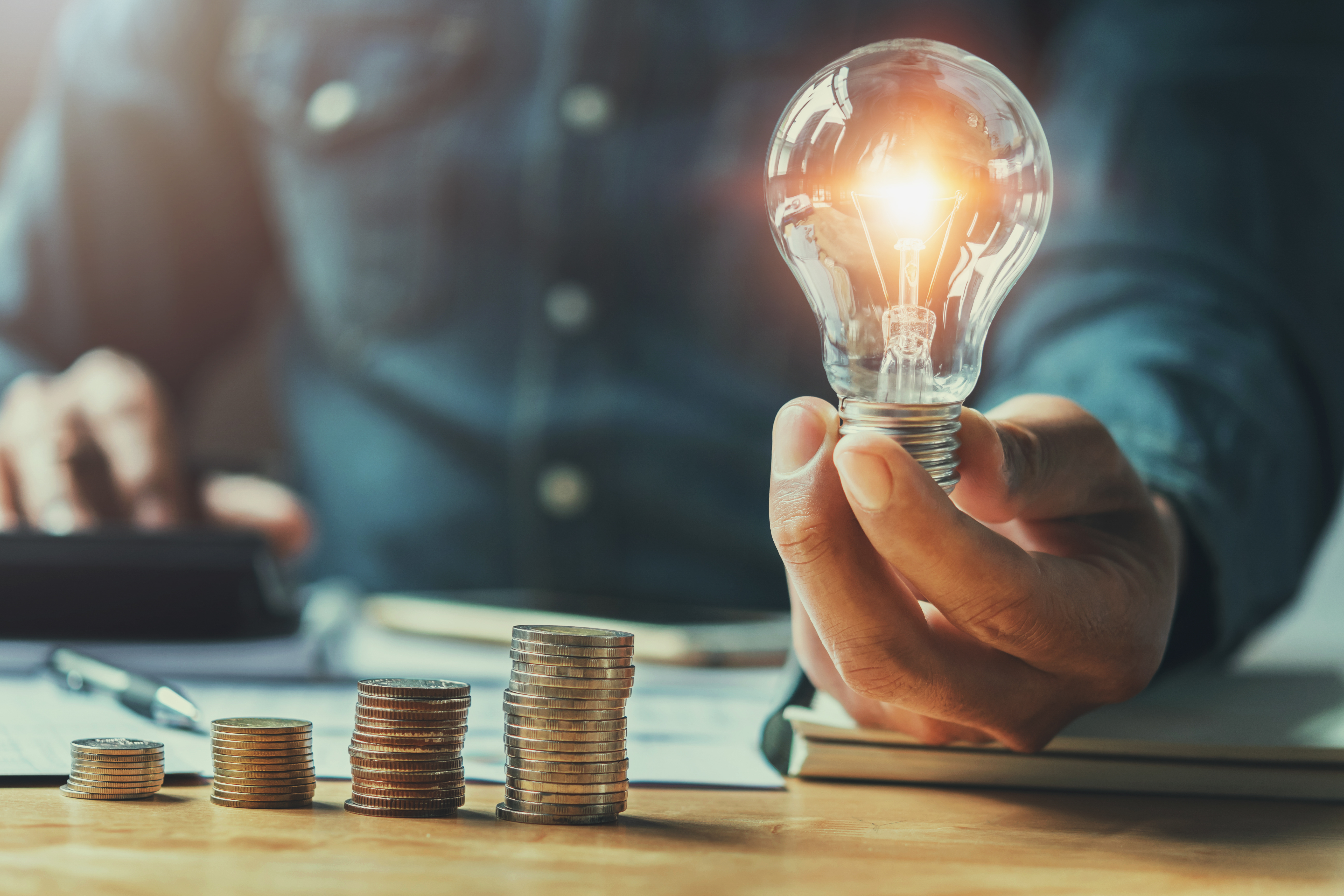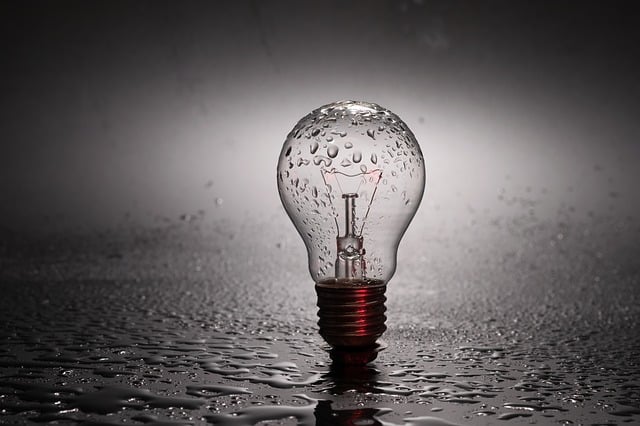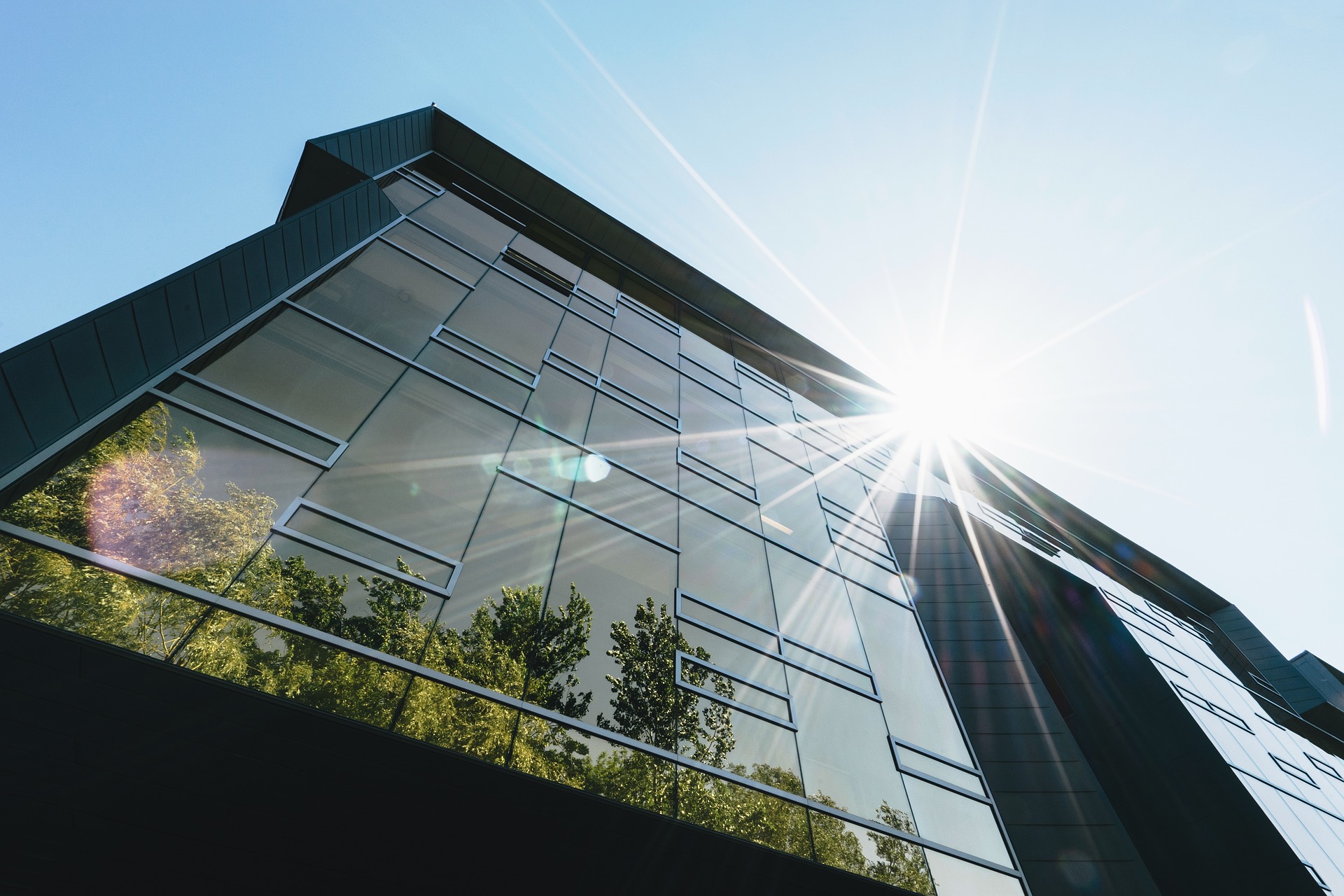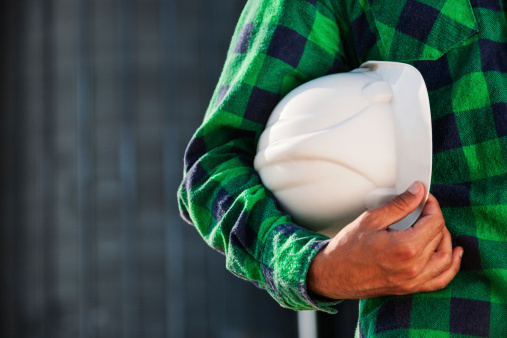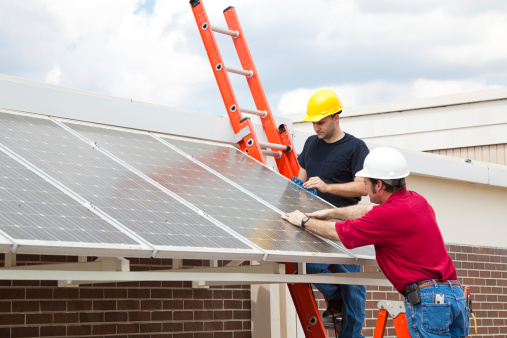The whole intent of Section 179D is to provide an incentive in the form of a tax deduction to building owners who install energy-efficient lighting, windows & doors, roofing, insulation, and Heating, Ventilation, and Air Conditioning/Hot Water (HVAC/HW) equipment in new buildings or retrofit projects. All buildings in the US are eligible for the 179D deduction, except housing units less than 4 stories above ground. The Inflation Reduction Act of 2022 (IRA) affected section 179D in several ways, and the next three years will present a golden opportunity for the owners and designers of energy-efficient commercial building property (EECBP).
The Golden Age of the 179D Energy Efficient Building Deduction
Since its creation in the Energy Policy Act of 2005, the Section 179D Energy Efficient Commercial Building deduction has provided an incentive for taxpayers to install energy-efficient commercial building property (EECBP) as part of the building envelope, lighting, and/or Heating, Ventilation and Air Conditioning/Hot Water (HVAC/HW) systems. EECBP comprises light fixtures, switches, HVAC equipment, automated controls, ducts, water heating, windows, doors, insulation, and roofing. EECBP may be installed in a new building, or it may be part of a retrofit project for an existing building. Buildings that qualify for 179D include almost all buildings in the United States except residential housing less than four stories above ground. That’s a lot of eligible buildings!
45L Tax Credit: Maximizing Your Energy Efficient Building Benefits
Building energy efficient structures have direct cost benefits reflected in decreased energy bills; however, sometimes the tax credits associated with energy efficient buildings are overlooked. Incentive programs such as the 45L tax credit offer builders and developers the opportunity to maximize tax savings.
Designing Energy Efficient Buildings Helps Your A&E Firm’s Bottom Line
Most design firms in the A&E industry are focused on form and function of the buildings they create. Within this thought process is how to design and build structures with the most energy efficiencies as possible through the utilization of the latest technologies, materials, techniques, etc.
Green Building Tax Credits: 179D & 45L Tax Incentives
Capturing green building tax incentives is a valuable opportunity for contractors, architects, designers and building owners to improve their budgets and maximize tax savings. Beneficial tax incentive programs such as the 179D tax incentive and 45L tax credit should be pursued by eligible businesses.
While the 179D tax incentive and 45L credit have not yet been extended for 2015, legislation is likely to extend these credits in 2015. What does this mean for your business? Companies who make investments in properties that qualify should continue to prepare for capturing these credits once they become available.
45L Tax Credit: An Overlooked Energy-Efficient Tax Credit
While implementing energy-efficient changes in your building has direct cost benefits due to decreased energy bills, there are also valuable tax incentives associated with energy efficiency. Incentive programs such as the 45L tax credit offer builders and developers the opportunity to maximize tax savings.
Through the Section 45L credit program, contractors earn a $2,000 tax credit for each energy-efficient dwelling unit sold or leased between January 1, 2012 and the end of 2014.

